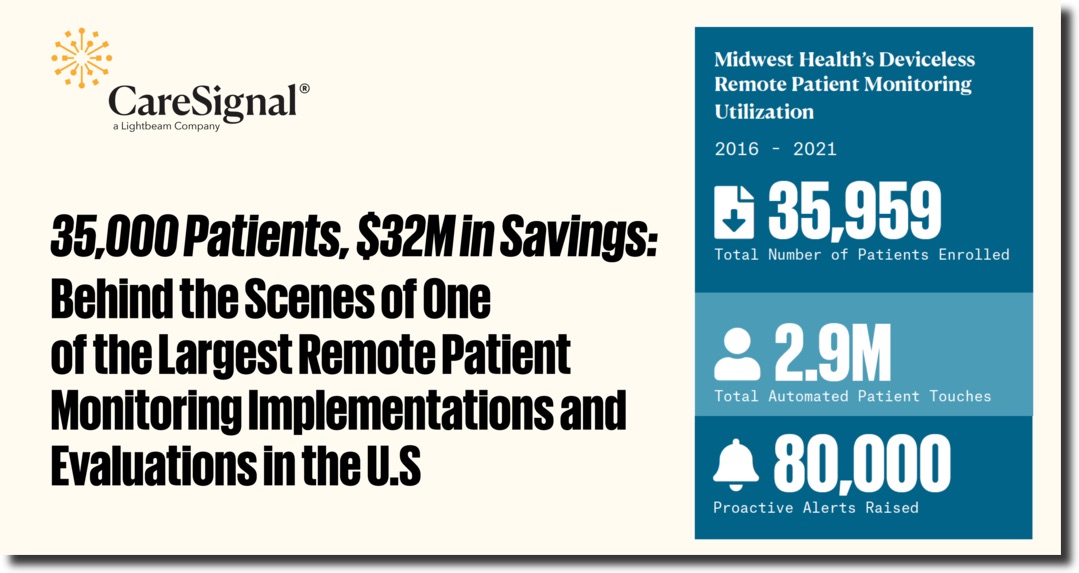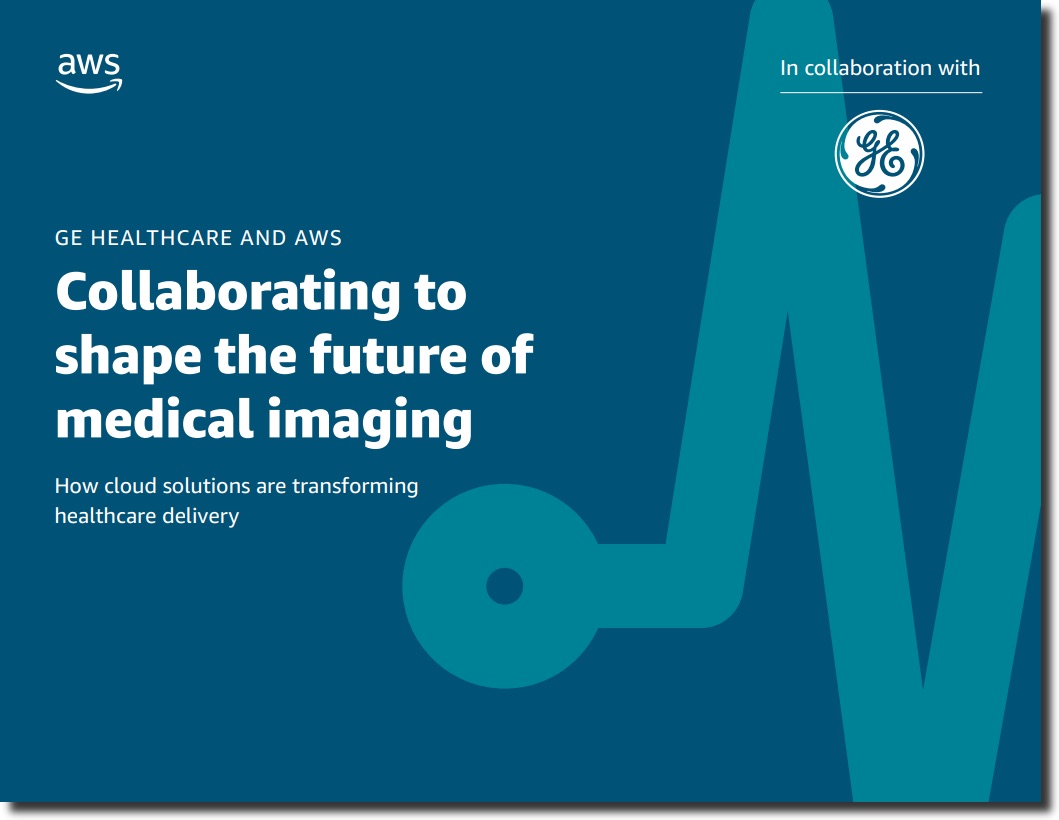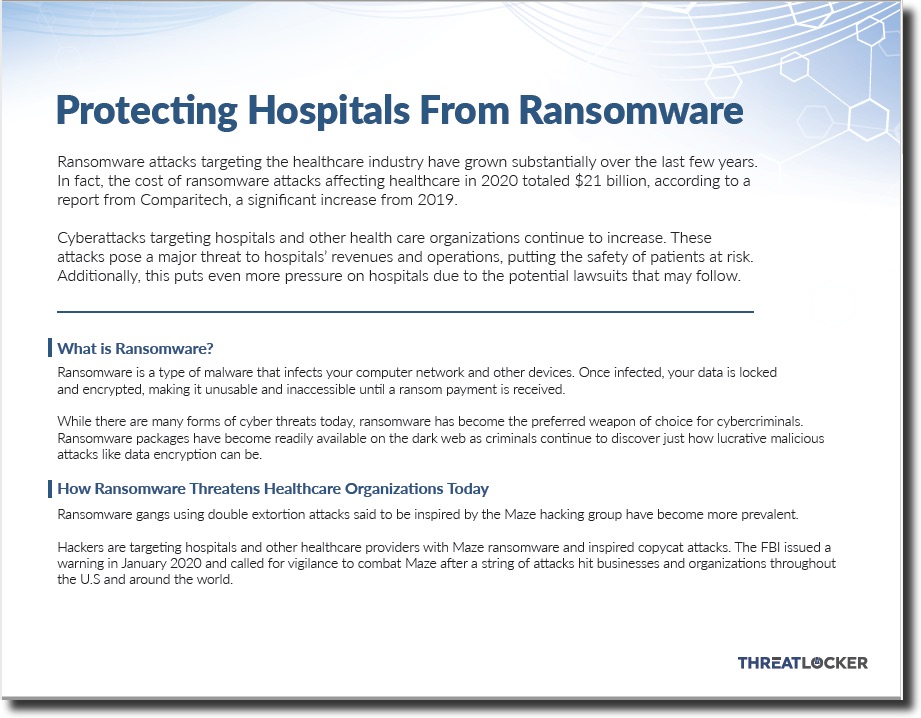White Papers
Many hospitals and health systems are finding themselves stuck with a decision support application that no longer meets their needs. When looking for a new solution, five important factors to consider are service levels, functionality, a unified platform, guarantees of success and the vendor’s financial security.
Explore how health organizations can innovate to support this hybrid healthcare delivery model with customer examples of key use cases such as appointment management, virtual visits, patient education, and remote patient monitoring.
The transformation to personalized healthcare is happening now. Innovations such as artificial intelligence (AI) and machine learning (ML) are already empowering healthcare professionals to act on insights from massive amounts of data and make dramatic improvements in operational efficiency, clinical effectiveness, and patient outcomes. With an extensive portfolio of trusted cloud services and purpose-built solutions, AWS and AWS Partners are helping customers make healthcare more efficient, effective, and secure. Read this eBook and start your journey today.
More personalized approaches to therapeutic development and healthcare can improve patient outcomes while increasing operational efficiencies. To bring patients to the center of their organizations, leading healthcare and life sciences organizations leverage AWS for Health to modernize their existing infrastructure for enhanced data liquidity.
Beyond healthcare compliance: Are you doing enough to ensure visibility across your entire network?…
With more hackers than ever targeting healthcare organizations to get access to patient data, healthcare IT professionals need a complete and accurate inventory of all devices on their network. In an increasingly complex environment, knowing not only how many devices are connected to your network, but also what applications they’re running, is vital. Automation like that offered by RedSeal solutions makes it possible to achieve a clear understanding of what your network is – and what’s on it – in order to keep patient data safe.
Behind the scenes of one of the largest remote patient monitoring implementations and evaluations i…
Discover how a leading health system transformed their care management strategy with Deviceless Remote Patient Monitoring, centralized 24/7 care management teams, and streamlined workflows to reach more patients, faster, and with less resources. Over 35,000 patients participated and claims analyses showed a total medical cost reduction of over $30 million.
As patient care channels become more fragmented, communications & coordination can become integrated
Providing more channels for patient care and communication such as patient portals and telehealth services has made it more complicated for health systems to effectively manage those channels. This can lead to gaps that can negatively affect care quality and costs.
Cloud tools together with AI and ML are transforming medical imaging. These solutions are empowering healthcare organizations to solve urgent radiology challenges like data accessibility, compliance, costs, and operational inefficiencies.
Often associated with an identity-centric perimeter zero trust network access (ZTNA) architecture helps organizations reduce their attack surface by eliminating network-layer risks, but is not without its complexity and implementation challenges.
According to Comparitech, the cost of ransomware attacks against healthcare organizations totaled $21 billion, and the number of attacks is only increasing. Ransomware attacks can shut down Internet-connected medical devices and electronic health records, forcing hospitals to turn away patients and exposing them to lawsuits. While users should be educated on ransomware avoidance techniques, partnering with a trusted cybersecurity solutions provider like ThreatLocker can also help keep hospitals safe from ransomware attacks.
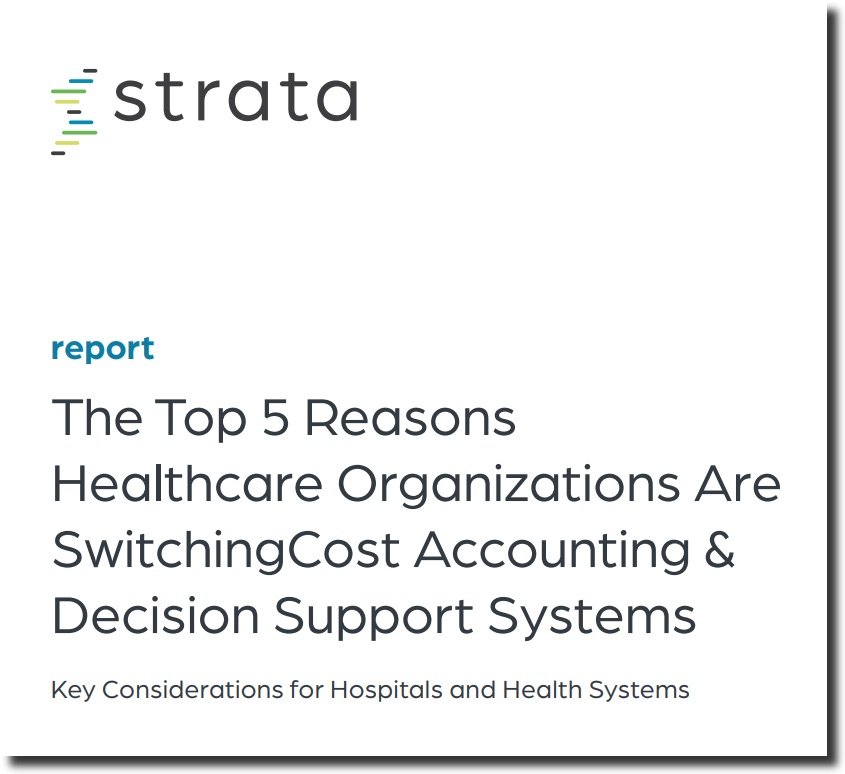
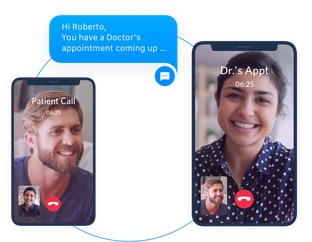
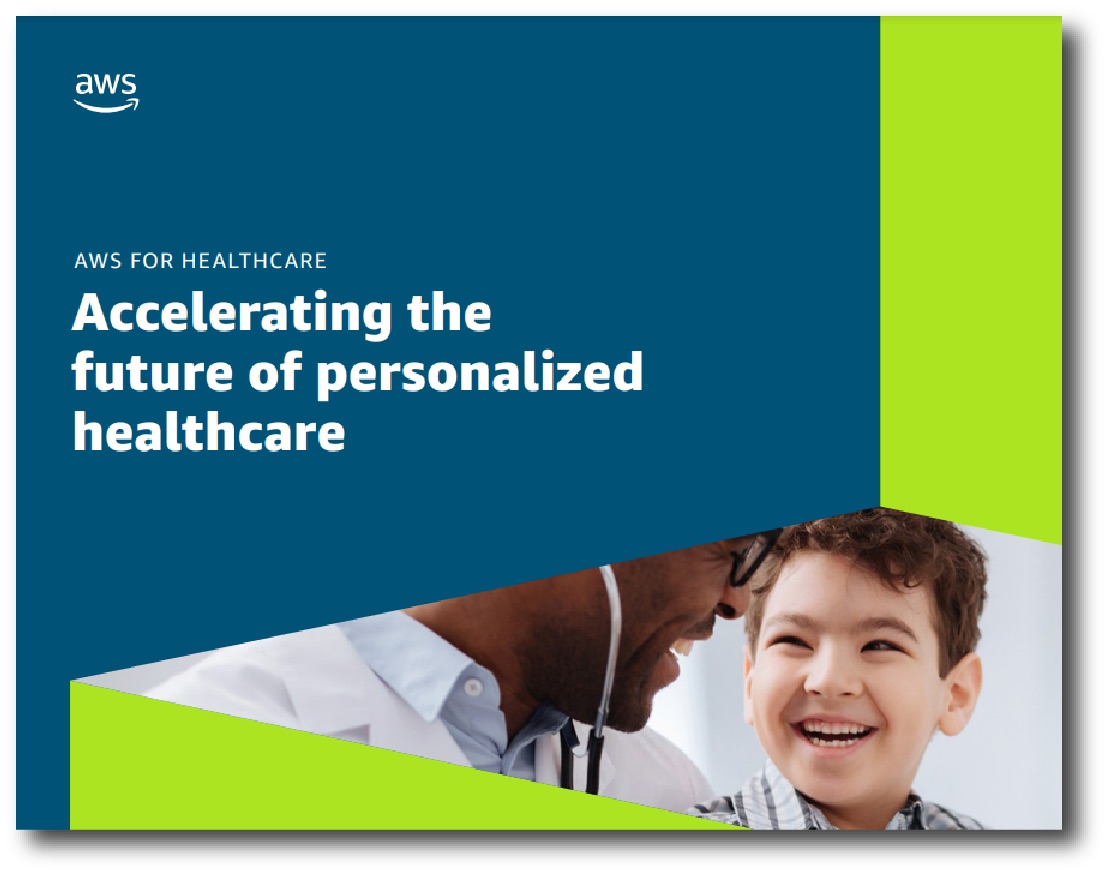
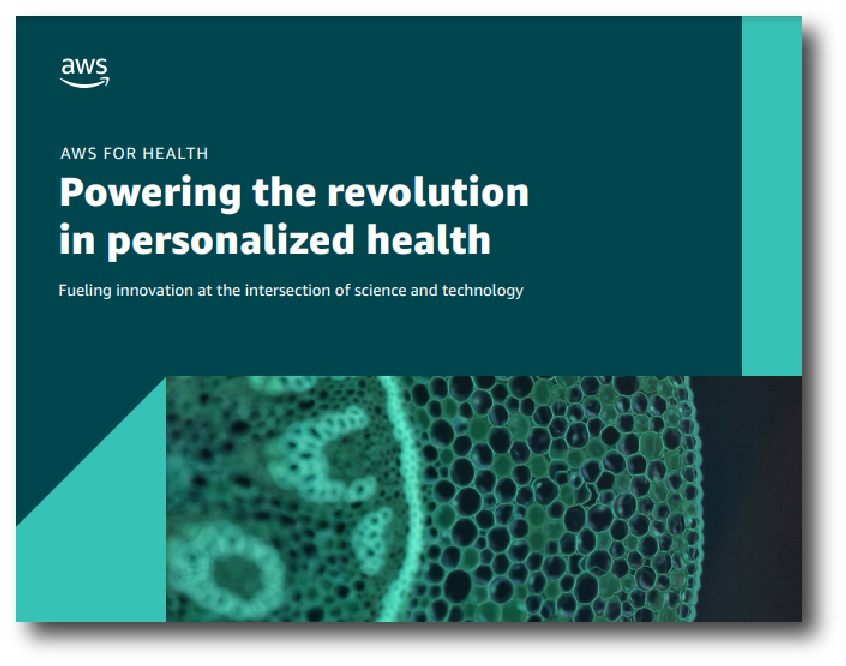
![Beyond healthcare compliance: Are you doing enough to ensure visibility across your entire network? [Executive Brief]](/sites/hitn/files/2025-06/redsealsystemssnippet.jpg)
